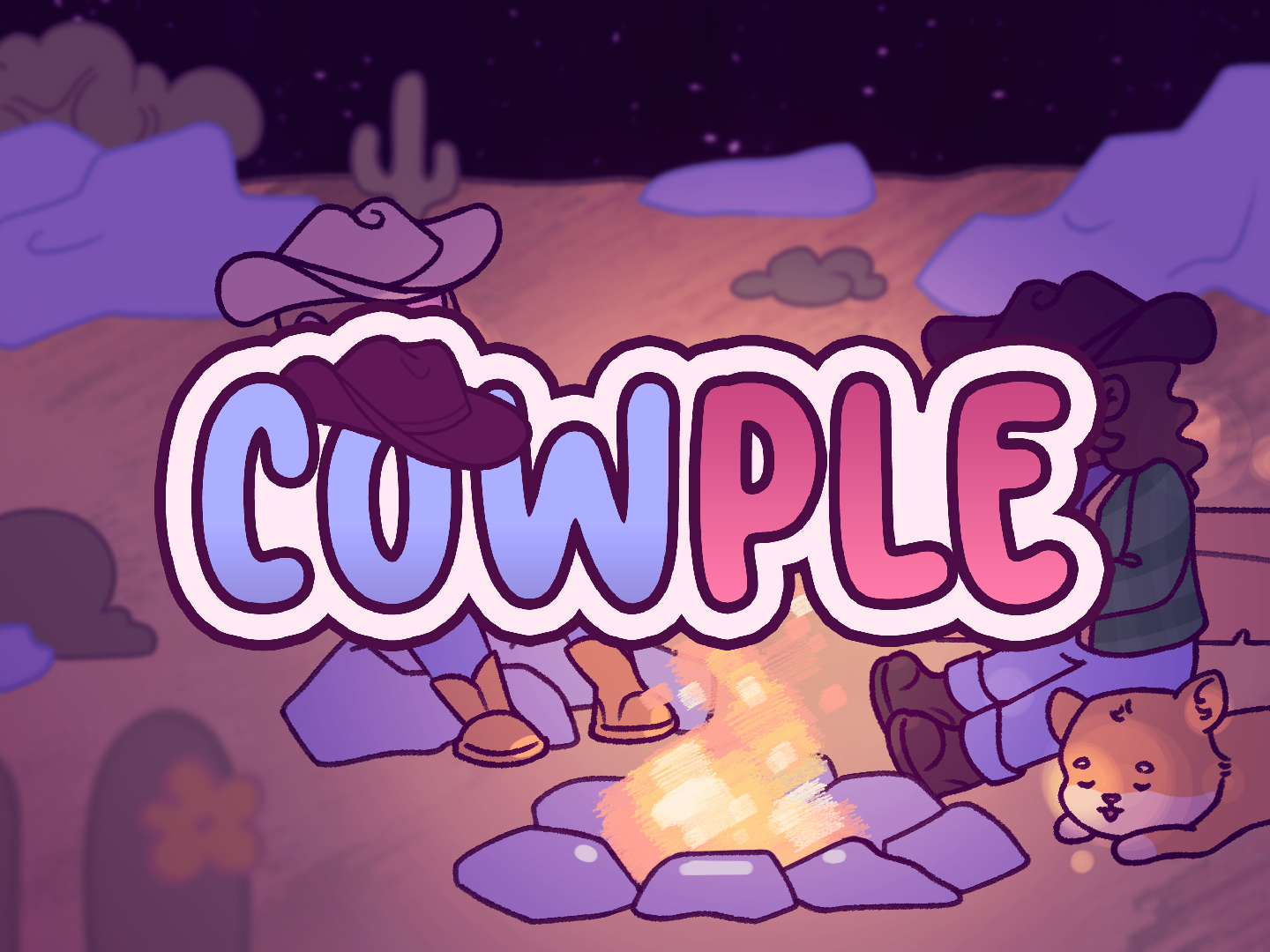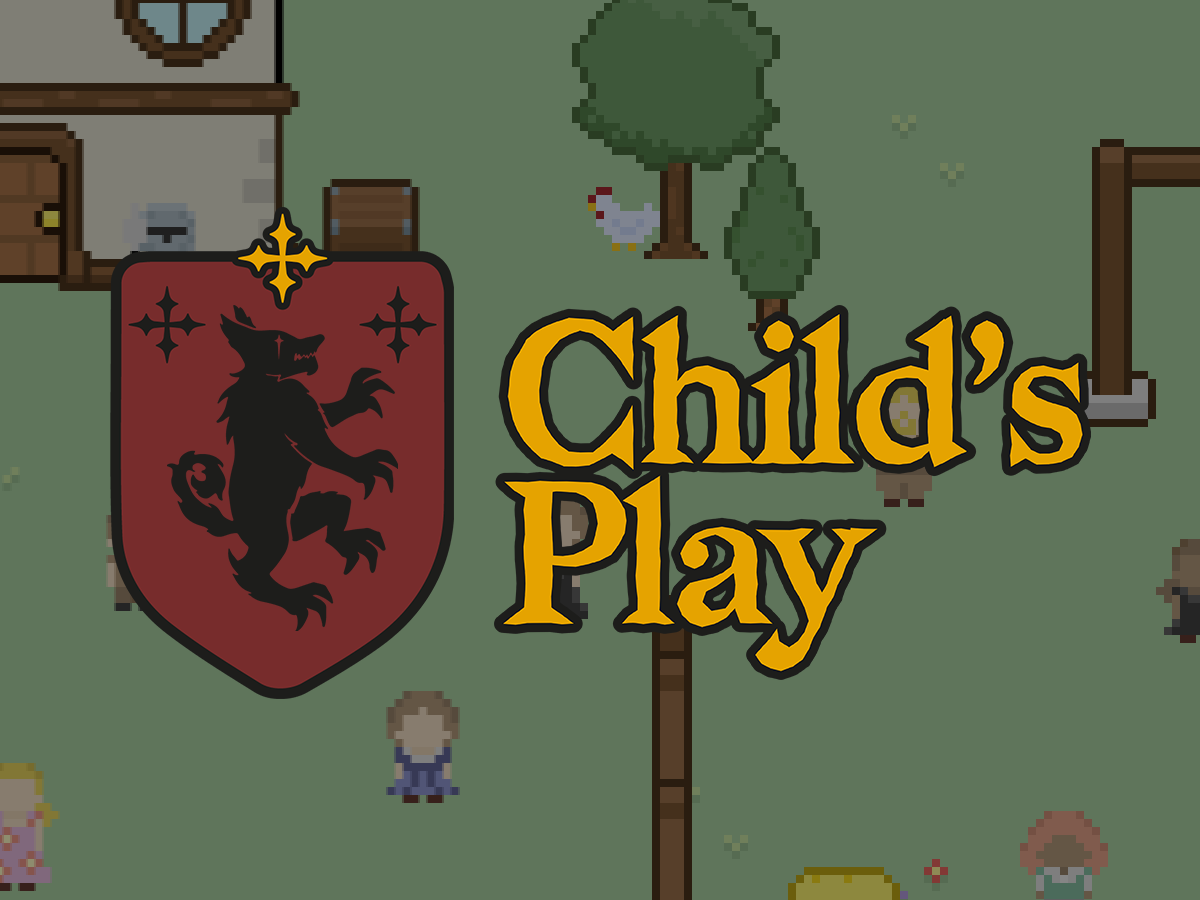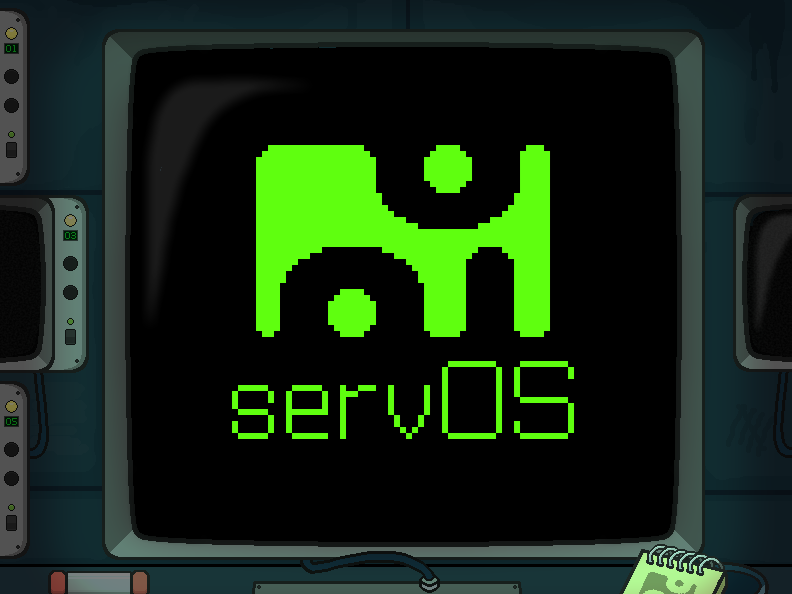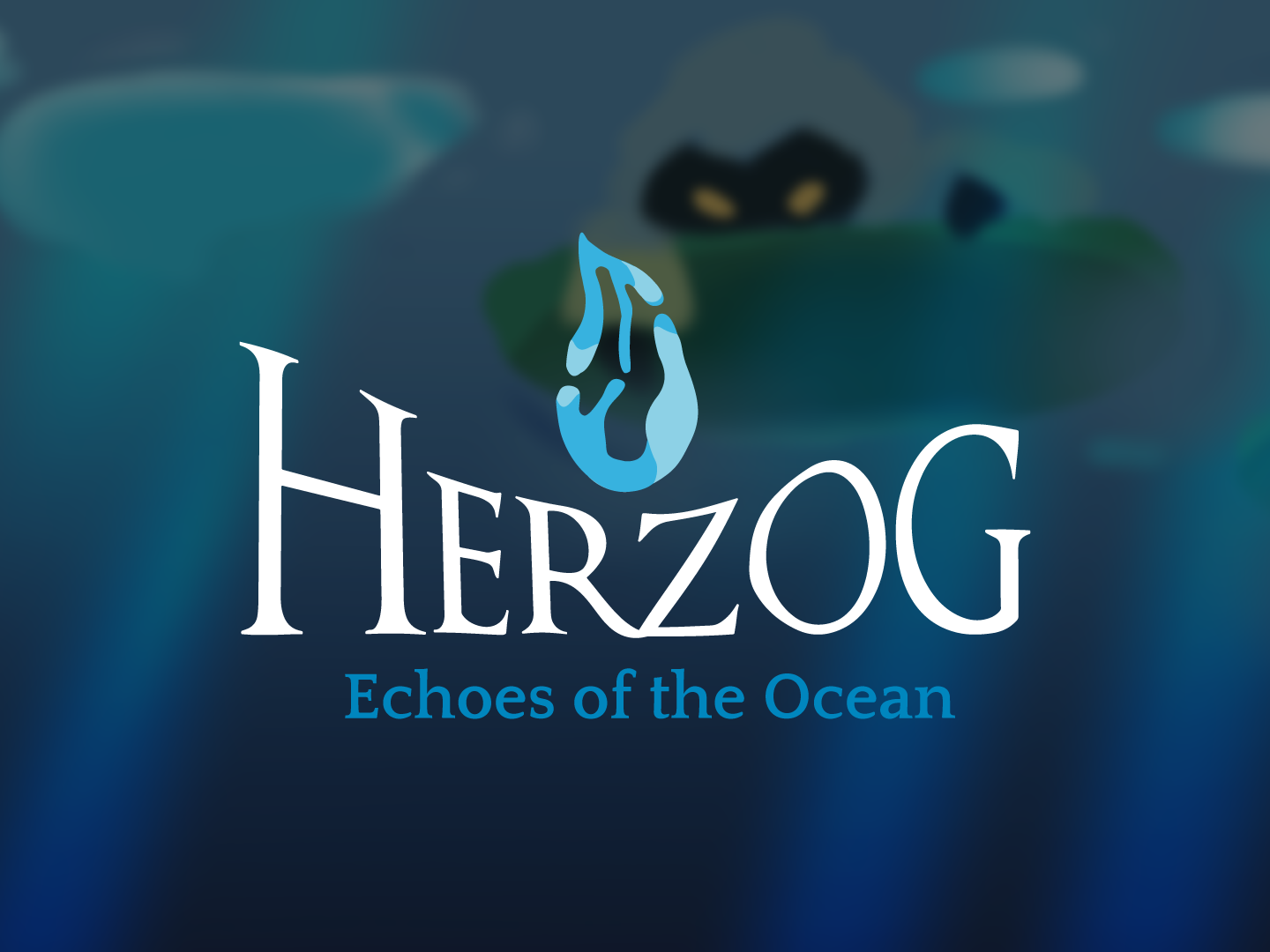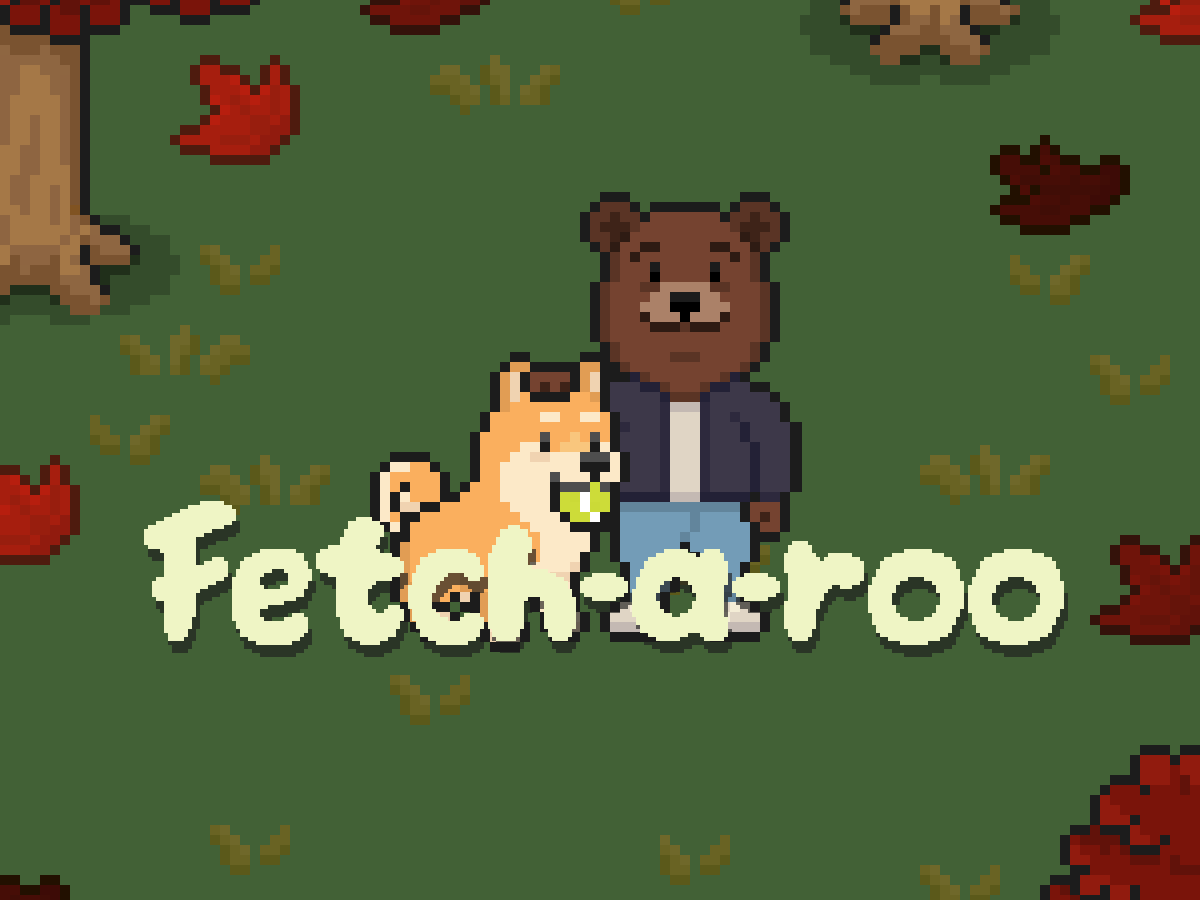Summary
"Lucida" is a first-person exploration horror game combining, resource management, and combat. The core mechanic revolves around a dynamo-powered flashlight that can be upgraded for powerful light-based attacks, emphasizing risk–reward decisions. Players collect keys, manage batteries, and fight enemies with distinct behaviors, culminating in a strategic boss encounter.
"Lucida" is a first-person exploration horror game combining, resource management, and combat. The core mechanic revolves around a dynamo-powered flashlight that can be upgraded for powerful light-based attacks, emphasizing risk–reward decisions. Players collect keys, manage batteries, and fight enemies with distinct behaviors, culminating in a strategic boss encounter.
Genre: Adventure, Terror
Engine: Godot
Team Size: 1
Platform: PC
Engine: Godot
Team Size: 1
Platform: PC
Highlights
Game Design
System flashlight design
Boss mechanic design
Enemies behavior/mechanics designs
Game and resources balancing
Narrative design & objectives
Art & VFX
Modeled and integrated 3D assets
Designed shader effects
Built UI elements like
Designed shader effects
Built UI elements like
Programming
Developed all systems including player controls, enemy AI, and HUD
Implemented lantern/flashlight mechanics with charge, overcharge, and dynamic lighting
Created triggers for objectives, doors, and environmental interactions
Scripted boss fight logic with unique states, patterns, and navigation regions
Implemented lantern/flashlight mechanics with charge, overcharge, and dynamic lighting
Created triggers for objectives, doors, and environmental interactions
Scripted boss fight logic with unique states, patterns, and navigation regions
Level Design
Created levels using blockouts to prototype flow and pacing
Designed shortcuts and alternative routes to guide player direction naturally
Balanced exploration with linear progression to maintain flow and atmosphere
Inside the Process
Building Tension Around a Single Mechanic
I wanted to start with a single mechanic and build everything else around it. After some brainstorm the dynamo flashlight really got my attention. In a horror game it had to feel terrible, the kind of tool that keeps the player on edge. I prototyped it with a recharge delay and a constant need to crank it back up, with a mechanical sound that was both annoying and satisfying. That tension was exactly what I wanted, but when tested against enemies it felt incomplete. I iterated by adding a battery power-up that could kill enemies instantly, balanced by a long reload time. That risk and reward loop quickly became one of the most important balancing challenges in the game.
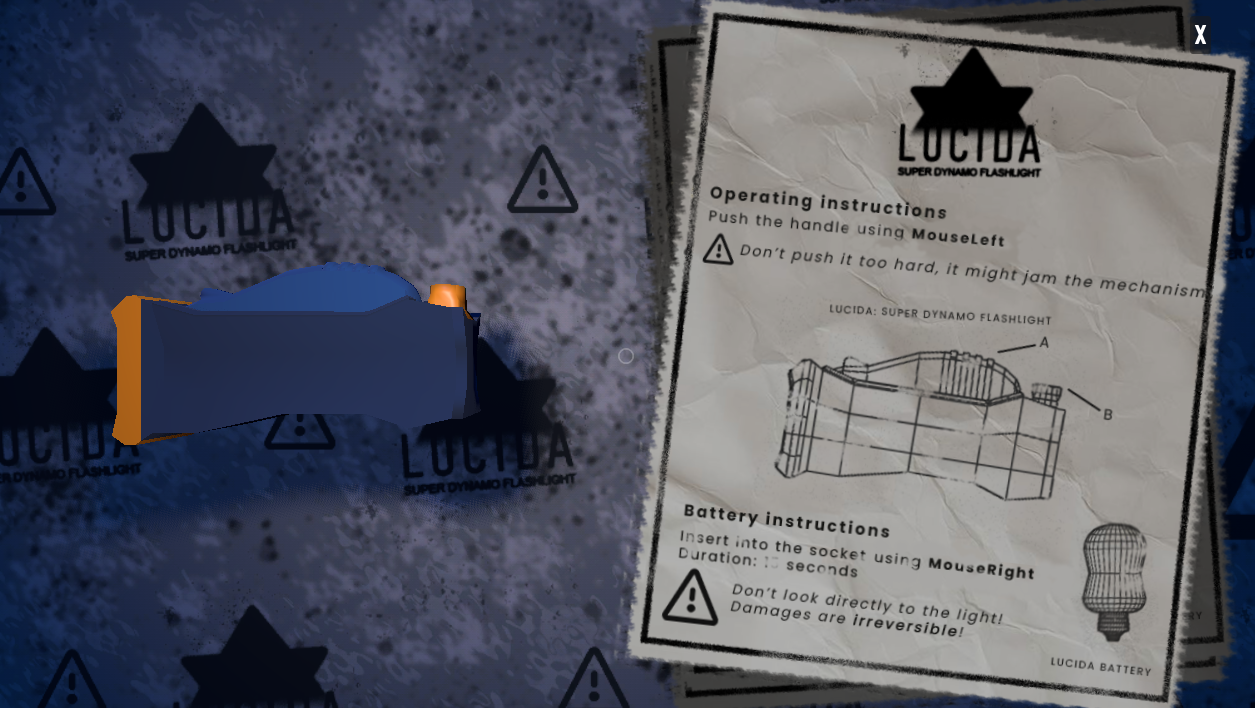
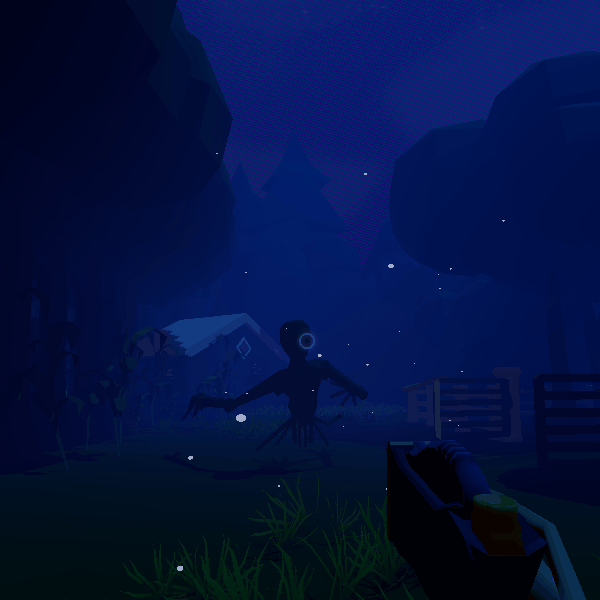
Designing Enemy Archetypes
From there I thought about how enemies would interact with that system. I scoped it to three archetypes: one weak but fast to keep the player under constant pressure, another slower but working in groups to test spatial awareness, and a stronger enemy that could only be stunned with the flashlight. He would go blind for a few seconds and then chase again, teaching the player about limitations and preparing them for the boss fight. Each enemy had a role in pacing, making sure difficulty escalated while also reinforcing the mechanics step by step.
Designing the Boss Battle
The boss had to feel like a culmination of everything. I wanted him gigantic and overwhelming, but still with a clear weakness. His arrogance became that weakness, with moments where he stared at the player as if they were insignificant, creating a small window to strike. Normal flashlight damage was low, but with the power-up it became meaningful, tying the resource economy directly to the fight. His attack loop began simple, trying to smash the player, but then pushed movement between high ground and low ground to keep spatial navigation central. Balancing his attacks, health, and telegraphs took many playtests, and with each iteration I came closer to the tension I was aiming for.
Storytelling Through Level Design
At the same time the narrative was growing out of the mechanics. Strange creatures invaded the house at night, and the player was pulled through objectives that also worked as story beats. I used blockouts to test pacing and shaped level design with shortcuts and alternative routes to guide direction naturally. Exploration had to feel rewarding, while progression remained linear enough to preserve the atmosphere. Each objective revealed just enough new information to move the story forward without breaking the tension.


